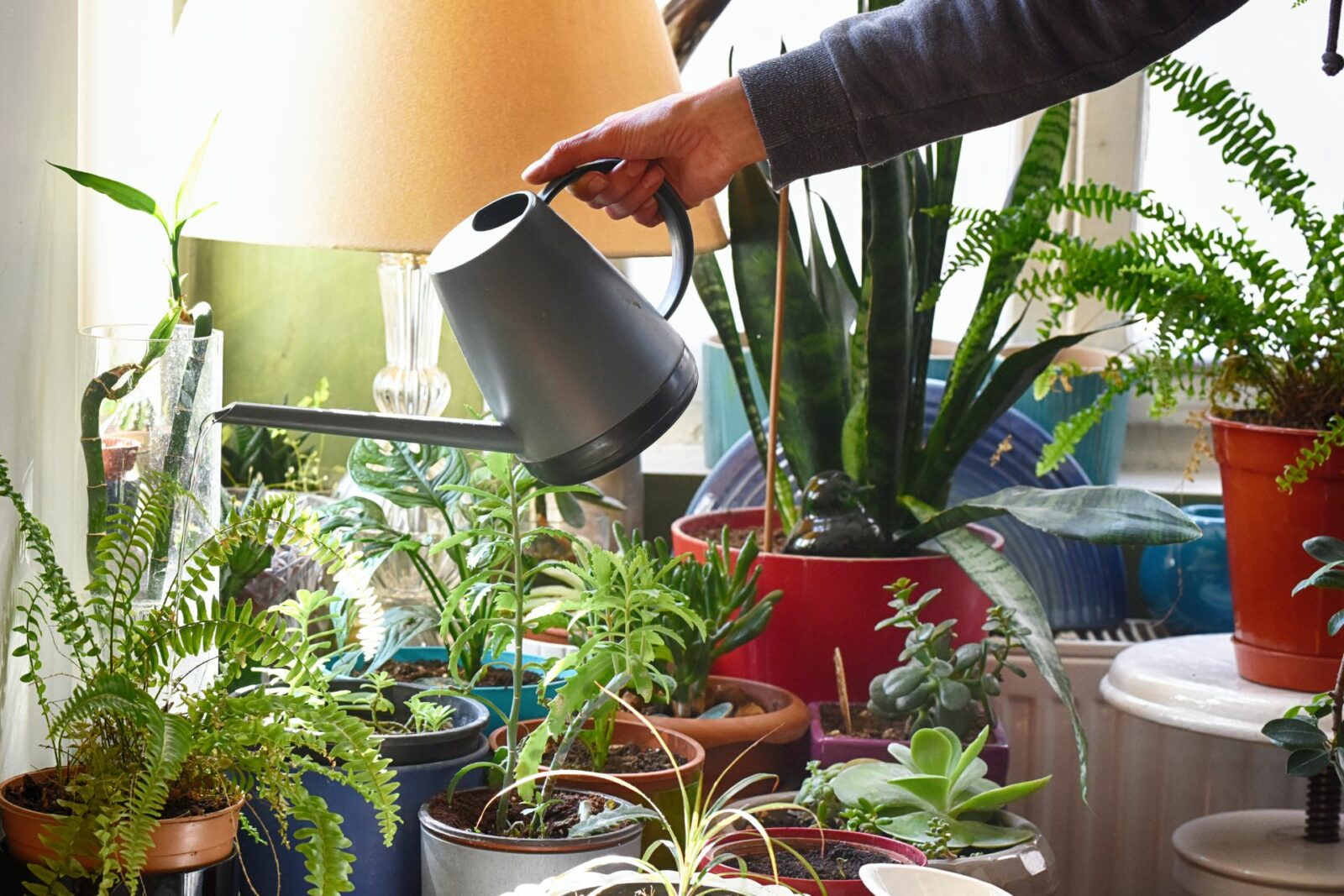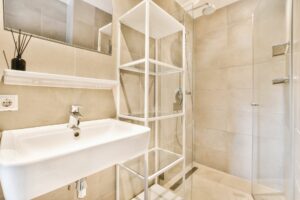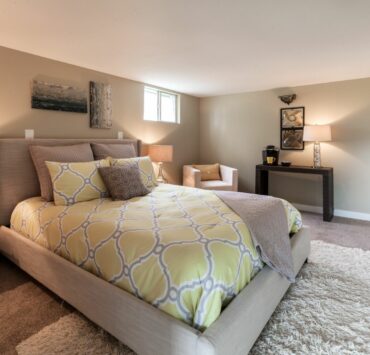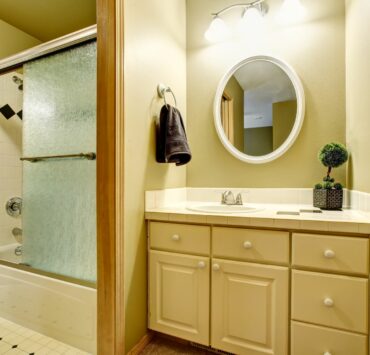Do you want to grow fresh vegetables and herbs all year round, but don’t have a backyard or enough outdoor space? Setting up an indoor basement garden could be the perfect solution for you! With a little bit of planning and effort, you can create a thriving garden in your basement that will provide you with a steady supply of fresh produce. In this blog post, we will cover everything you need to know to set up an indoor basement garden.
Choosing the Right Plants for Your Indoor Basement Garden
The first step in setting up a basement garden is choosing the right plants. You’ll want to select plants that are well-suited to growing indoors and that can thrive in the conditions of your basement. Some great options for an indoor basement garden include leafy greens, herbs, and root vegetables.
When selecting plants, consider the amount of space you have available, the amount of natural light that enters your basement, and the temperature and humidity levels.
For example, leafy greens like spinach and lettuce do well in cooler temperatures and can grow in low-light conditions, while herbs like basil and parsley require more light and warmth.
Setting Up Your Indoor Basement Garden
Once you’ve selected your plants, it’s time to set up your basement garden. Here are the key steps to follow:
Prepare Your Space
Make sure your basement is clean and free of clutter. You’ll need to set up a growing area with appropriate containers, growing medium, and lighting.
Choose the Right Containers
Select containers that are appropriate for the size of your plants and the space you have available. Consider using raised beds, grow bags, or individual pots.
Choose the Right Growing Medium
Soil is heavy and can be messy, so consider using a soilless growing medium like coco coir or peat moss. These mediums are lightweight and easy to work with, and they can provide better drainage and aeration for your plants.
Provide Adequate Lighting
Since your basement may not get much natural light, you’ll need to provide artificial lighting. Consider using full-spectrum LED grow lights that mimic natural sunlight.
Monitor and Adjust Conditions
Keep an eye on the temperature and humidity levels in your basement, and adjust as needed to ensure your plants are healthy and thriving.
With the right plants, containers, and growing conditions, you can create a thriving indoor basement garden that will provide you with fresh produce all year round. Whether you’re a seasoned gardener or a beginner, an indoor basement garden can be a fun and rewarding way to grow your own food. So why not give it a try? Happy gardening!








